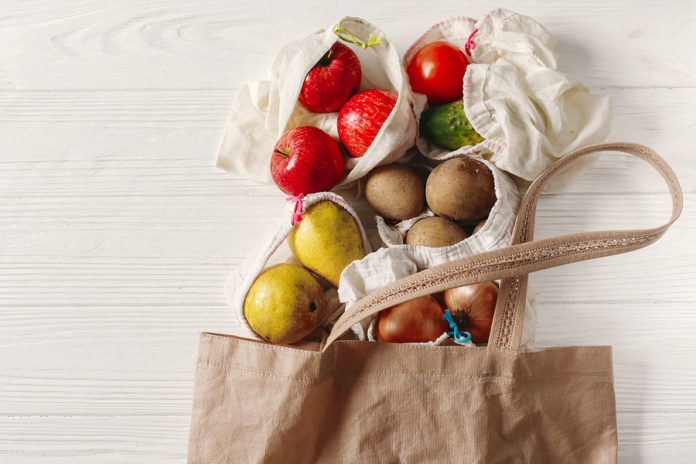
The proof is in the (sustainable) pudding — according to a new report from Nielsen, sustainability sells. Nielsen’s report dissects two specific (and vastly different) food categories: chocolate and coffee. In this article, we pulled data from the report to produce some more general takeaways you can consider to inform future business decisions.
Products with sustainability claims are outpacing overall sales growth
Findings show that products with sustainability claims are wiping the floor their non-sustainable competition when it comes to overall sales.
Here’s a snippet of data from the report.
| Overall Category Sales Growth (March 2017 – March 2018) |
Sustainable Product Sales Growth (March 2017 – March 2018) |
|
|---|---|---|
| Chocolate | + 5% | + 16% |
| Coffee | -1% | + 1% |
“Sustainable” is an umbrella term for multiple product attributes…
Sustainability is a complex term. And when it comes to consumer goods, the “s” word has plenty of different meanings.
When evaluating products, Nielsen researchers took into account a variety of different product attributes including carbon neutral, ethically sourced, made with renewable energy, the absence of artificial ingredients, and fair trade. But also noted there is a “range of different, interrelated sustainability aspects in each product category.”
…and what’s considered sustainable varies across product categories
It should come as no surprise that the sustainability trump card is different for both food categories covered in this report.
For example, sustainably-minded chocolate connoisseurs seek out clean items, which Nielsen says “mean[s] products with labels that are easy to read, contain simple ingredients, and exclude ‘undesirable’ ingredients.”
Mindful coffee consumers prioritize environmental claims like recyclable packaging and packaging that produces minimal waste as well as ethical sourcing and eco-friendly labeling.
People will pay more for sustainable products
Nielsen’s findings also show that sustainable products feature a beefier price tag — and consumers have no problem shelling out the cash.
For example, despite equal unit sales growth, dollar sales of sustainable chocolate have skyrocketed in comparison to the overall category. Further, the study took a look at the changes in chocolate prices from March 2016 – March 2018. Chocolate free from artificial ingredients swelled in price while the unit price for all other chocolate is remaining flat.
| Unit Sales Growth (March 2017 – March 2018) |
Dollar Sales Growth (March 2017 – March 2018) |
|
| Sustainable Chocolate | + 3% | + 16% |
| Overall Chocolate | + 3% | + 5% |
Sustainability isn’t a passing trend
Unlike unicorn-inspired cuisine and black ice cream, sustainable products are in it for the long haul.
Take coffee as an example. Over the past two years, dollar sales growth of coffee with environmental sustainable claims have far outpaced dollar sales of coffee without. With numbers like the ones outlined below, brands from every product category are going to want to get their own slice of the sustainability pie.
| Dollar Sales Growth (March 2016 – March 2017) |
Dollar Sales Growth (March 2017 – March 2018) |
|
| Coffee w/ Environmental Claim | + 52% | + 25% |
| Coffee w/o Environmental Claim | – 2% | – 5% |
The bottom line? Prioritizing sustainability is no longer an option — it’s essential for growth
If you’re not already prioritizing sustainable product research and development, now’s the time to start. There’s still a time and place (and market) for traditional products, but consumers’ hunger for sustainability — and by extension, transparency and corporate responsibility — should influence your business and marketing strategies moving forward.
—
Read the full report to see how the growing interest in sustainable products is impacting chocolate, coffee, and bath product sales.








